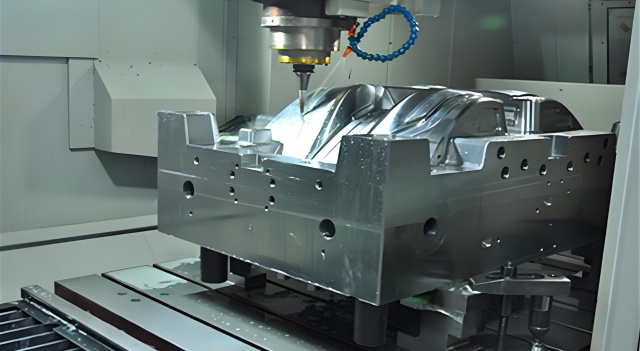Enhancing Injection Mold Gate Design for Superior Manufacturing Efficiency
Apr 07, 2024
Injection mold gate design stands as a cornerstone in the realm of plastic manufacturing, exerting a profound influence on the quality, efficiency, and cost-effectiveness of the injection molding process. Understanding the nuances of gate design and employing optimization strategies, manufacturers can elevate their production capabilities to new heights.
At the heart of the injection molding process lies the gate-the point of entry through which molten plastic material is injected into the mold cavity. This seemingly small component holds immense significance, dictating material flow, part quality, cycle time, and tool longevity. A well-designed gate ensures smooth material flow, minimal waste, and high-quality finished parts, making it an indispensable element of precision manufacturing.
There are several gate types are commonly utilized in injection molding, each offering unique benefits and considerations.
1. Sprue Gate: The sprue gate features a direct channel from the injection molding machine nozzle to the mold cavity, making it simple to design and implement. However, it may leave visible marks on the finished part and necessitate additional finishing steps.
2. Edge Gate: Positioned along the part's edge or periphery, edge gates minimize visible gate marks and facilitate easy removal of gate vestiges. They are ideal for parts with flat surfaces or thin sections where aesthetics are crucial.
3. Submarine Gate: Concealed within the part's geometry, submarine gates minimize gate marks' visibility on the finished part. While suitable for complex geometries and cosmetic surfaces, they may require careful positioning and increased tooling complexity.
To maximize manufacturing efficiency and part quality, consider the following optimization strategies for injection mold gate design.
1. Material Flow Analysis: Conduct thorough analysis and simulation of material flow within the mold cavity to identify potential flow disruptions, pressure differentials, and air entrapment issues. This enables informed decision-making regarding gate type, size, and placement.
2. Gate Size and Location Optimization: Tailor gate size and location to the specific requirements of the part geometry, material properties, and production volume. Optimal gate placement minimizes flow resistance, reduces shear stress, and enhances material distribution within the mold cavity.
3. Cooling System Integration: Integrate cooling channels strategically within the mold design to maintain uniform temperature distribution and facilitate rapid part solidification. Effective cooling reduces cycle times, minimizes warpage, and enhances part dimensional stability.
In a word, injection mold gate design serves as a critical determinant of manufacturing efficiency, directly impacting material flow, part quality, and production costs. With meticulous attention to detail and a commitment to continuous improvement, injection mold gate design becomes not just a necessity but a catalyst for manufacturing excellence.

